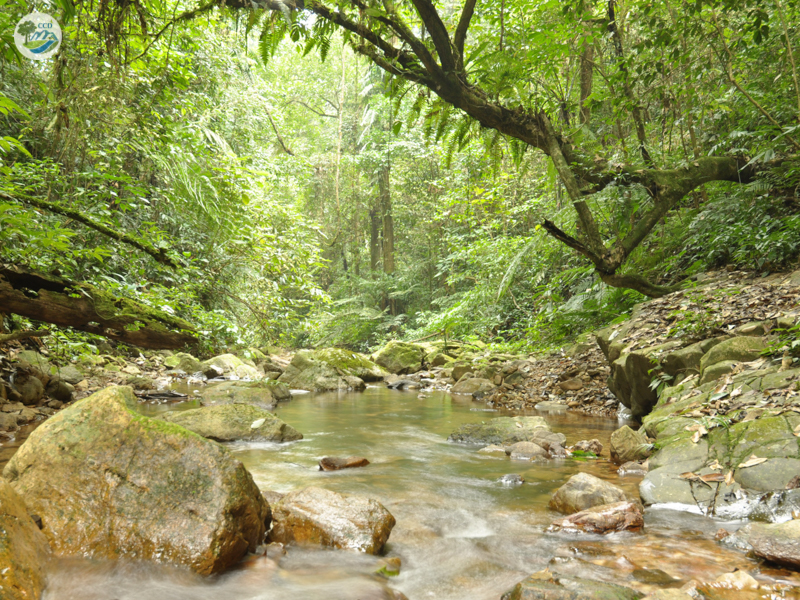XUAN LIEN - PU HOAT
Xuan Lien Nature Reserve located in the west of Thanh Hoa province, connects with other forests in Laos that make this area internationally important. The topography of the site is characterized by medium-high mountains, which reach elevations of 800 to 1,600 m, and are dissected by deep, narrow valleys, sloping steeply from west to east. The topography of the east of the site is characterized by gently sloping foothills. Many of the numerous rivers in the area have relatively flat, fertile valleys in their lower sections.
According to the scientific surveys result, 1,142 species of vascular plants, among them of 38 species are listed in the Vietnam Red Book (2007) and the IUCN Red List (2012); As for fauna, there are more than 1.631 species with 64 endemic species that listed in Vietnam Red Book and international. More than 80 mammal species were recorded in Xuan Lien with 27 species are considered as rare and endangered species that on the verge of extinction such as: Asian black bear (Ursus thibetanus); Sun bear (Ursus malayanus); Bos gaurus;… and primates: Northern white-cheeked gibbon (Nomascus leucogenys); Phayre’s leaf monkey (Trachypithecus phayrei);…. In particular, Xuan Lien is also home to the largest population of Northern white-cheeked gibbon, including 129 individuals; more than 200 individuals of Phayre’s leaf monkey. Moreover, there have been several recent claims to have rediscovered Roosevelt’s muntjac (regarded as extinct for nearly 100 years) in Xuan Lien.


THREATS
- Habitat destruction
The important causes of habitat destruction include mining, logging, trawling and urban sprawl. Habitat destruction is currently ranked as the primary cause of species extinction worldwide.
- Over-exploitation
Over-exploitation of natural resources, which occurs when harvesting exceeds reproduction of wild plants is the main cause of habitat loss. The habitat destruction impacts on the ability to recover plants and animals from exploitations. For aquatic species, over-exploitation targeted the most valuable species like: Clupanodon, Bangana lemassonin,… In addition, electrical fishing, dynamite fishing have depleted fish stocks, habitat degradation and biodiversity loss.
- Invasive alien species
One of the major causes of biodiversity loss is invasive species. Invasive species are capable of causing extinctions of native plants and animals, reducing biodiversity, competing with native organisms for limited resources, and altering habitats.
- Natural causes
Climate change, earthquake, wind storms, floods… are some major natural disasters that lead to biodiversity decline.
What is CCD doing?
CCD has been operate conservation projects on endangered species, including: Northern white-cheeked gibbon, turtles, tortoises, viverrids,… and reforestation in Xuan Lien – Pu Hoat conservation landscape area. In addition, CCD organizes training for technical staffs and rangers of Xuan Lien and Pu Hoat nature reserves with SMART tools – a set of digital tools which serve effective management, patrolling, species monitoring, and reporting. CCD also coordinates with technical staffs, forest rangers and local people to carry out endangered species studies, monitoring, develop conservation plans and facilitate implementation processes.
